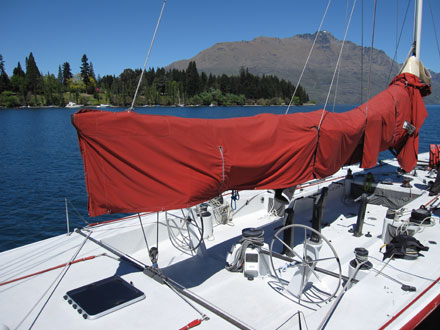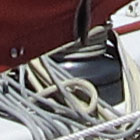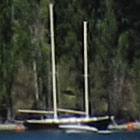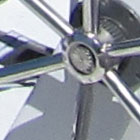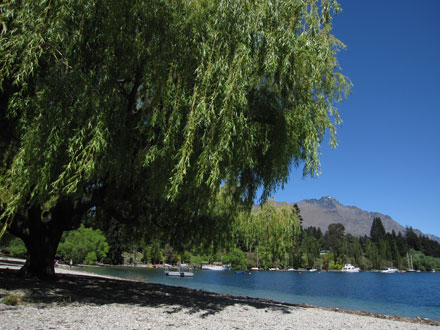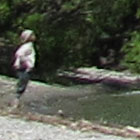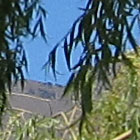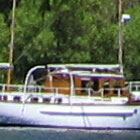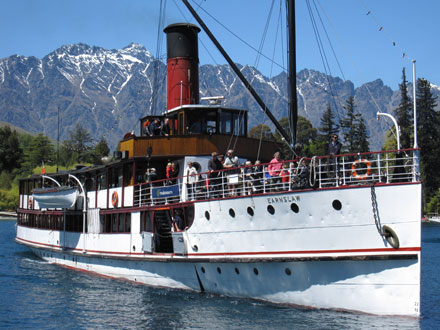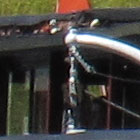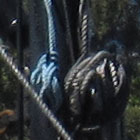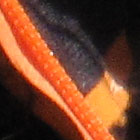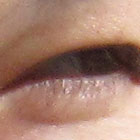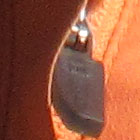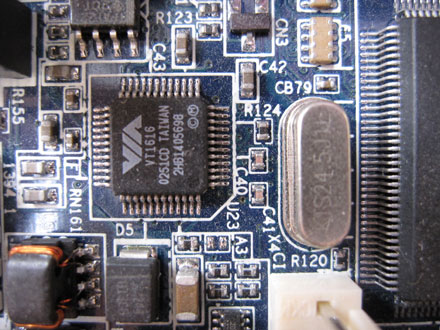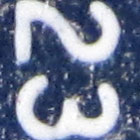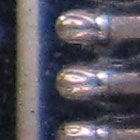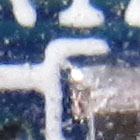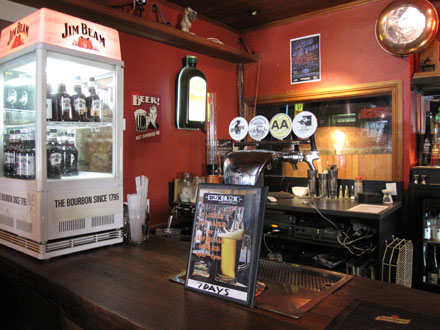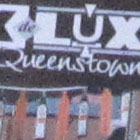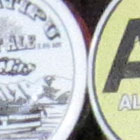|
Landscape: 3.70MB, Program, 1/500, f5.6, ISO 80, 5-20mm at 5mm (equivalent to 28mm) Landscape: 5.33MB, Program, 1/500, f5.6, ISO 100, 5-20mm at 5mm (equivalent to 28mm)
Landscape: 4.94MB, Program, 1/640, f5, ISO 100, 5-20mm at 15mm (equivalent to 84mm)
Portrait: 4.31MB, Program, 1/1000, f5.8, ISO 200, 5-20mm at 20mm (equivalent to 112mm)
Macro: 4.74MB, Program, 1/60, f2.8, ISO 400, 5-20mm at 5mm (equivalent to 28mm)
Indoor: 4.48MB, Program, 1/100, f2.8, ISO 400, 5-20mm at 5mm (equivalent to 28mm)
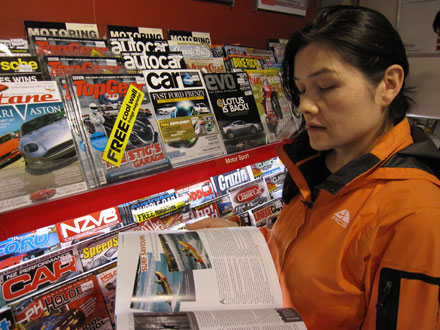 |
|
Our first indoor shot was taken with the IXUS 870IS / SD 880IS at 400 ISO under artificial light. Face detection once again locked-on easily despite the subject’s face turning to profile. Detailed areas of the image, such as the magazine covers look good, but where there’s flat areas of colour or shadow regions, the noise textures are quite apparent.
 The result still looks acceptable for most prints though. | | | | | | | |
|
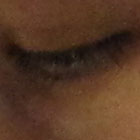 |
|
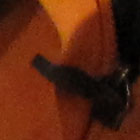 |
|
Indoor: 4.37MB, Program, 1/20, f2.8, ISO 800, 5-20mm at 5mm (equivalent to 28mm) Indoor: 4.37MB, Program, 1/125, f2.8, ISO 1600, 5-20mm at 5mm (equivalent to 28mm)
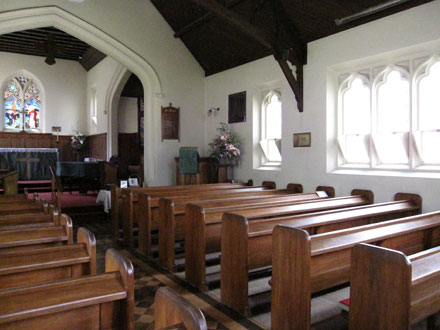 |
|
Our final indoor shot was taken with the sensitivity at 1600 ISO. Here’s there’s a significant reduction in quality with undesirable artefacts through noise and noise reduction. So again, like most compacts, 1600 ISO should be avoided unless for emergency use or small emailed images. The Canon also offers a 3200 ISO mode, but as a scene preset operating at just 2 Megapixels. You can see an example of it in our High ISO Noise results. | | | | | | |
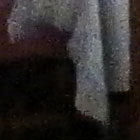 |
|
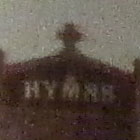 |
|
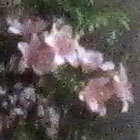 |
|
|
